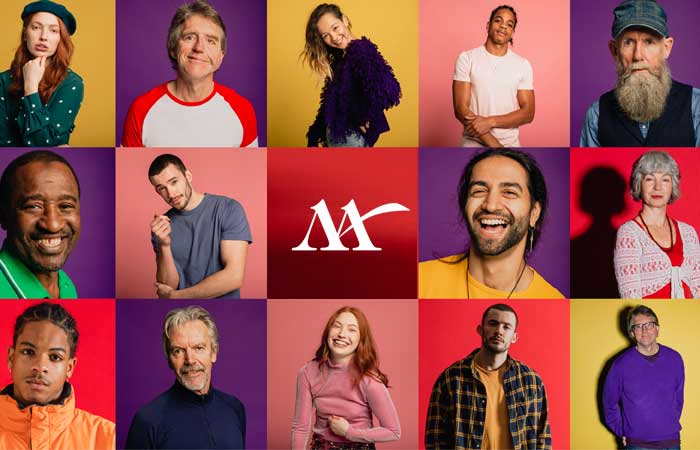Color plays a much larger role in human cognition than most people care to realize. They can evoke emotion, recollect experience and even influence decision making. In color psychology, colors are typically grouped into three categories: warm, neutral and cold colors. Neutral colors such as black white and gray represent balance and can help bring a focus to other colors that may be close in proximity on say a webpage or piece of art. Red, yellow, and orange are categorized as warm colors and can bring about feelings of passion, creativity and playfulness. Lastly, cold colors such as blue, green and violet can elicit feelings of harmony, honesty and sophistication. See below for a full representation from JCT CoatingTech’s article on color psychology.
In the 20th Century, psychotherapist, Max Luscher, developed a color test to determine the psycho-physical state of man to resist stress, perform activities and communicate. He determined that the way humans perceive color is objective and universal for all – though individual color choices are nonetheless subjective. These color preferences occur at an unconscious level and the test is widely used by psychologists and marketers alike. Thus, Luscher believed that these color choices reveal a person as they really are. For marketers, this means that people respond to color based on their needs and not necessarily based on their preference for orange or blue.
How can marketers leverage this in their branding? Based on the industry, the colors you incorporate into your logo, package design and website can significantly influence potential consumer’s decision to engage with your brand or move onto the next. For instance, the color blue is often used in banking, investment companies and real estate because it implies a sense of honesty and integrity. Especially since these industries are dealing with consumer’s most important assets. Retailers, on the other hand, use yellow (the most visible color) and red to bring attention to sales and increase a consumer’s impulsive nature. These colors bring about a sense of excitement and confidence – which can lend itself to increased sales.
Color isn’t just a preference, some could describe it as an instinctual reaction to stimuli in their environment. While there isn’t concrete evidence to support the direct correlation between color and human reaction, we can suggest that certain colors do elicit a human reaction. Often times it is based on a person’s background and experience with that color or the culture they grew up in. For instance, in India, the color red signifies purity and fertility and it is the traditional color of Hindu wedding dresses. However, in American cultures, white is the color of purity and fertility and is the traditional color of a bride’s dress.
For 35 years, Miller has created brand identities that resonates with our client’s consumer demographic. We conduct deep color studies into what the brand represents and what would best resonate with clients when designing logos, websites and any time of creative collateral. If you are ready to take your brand to the next level, give us a call at 972-243-2211.
